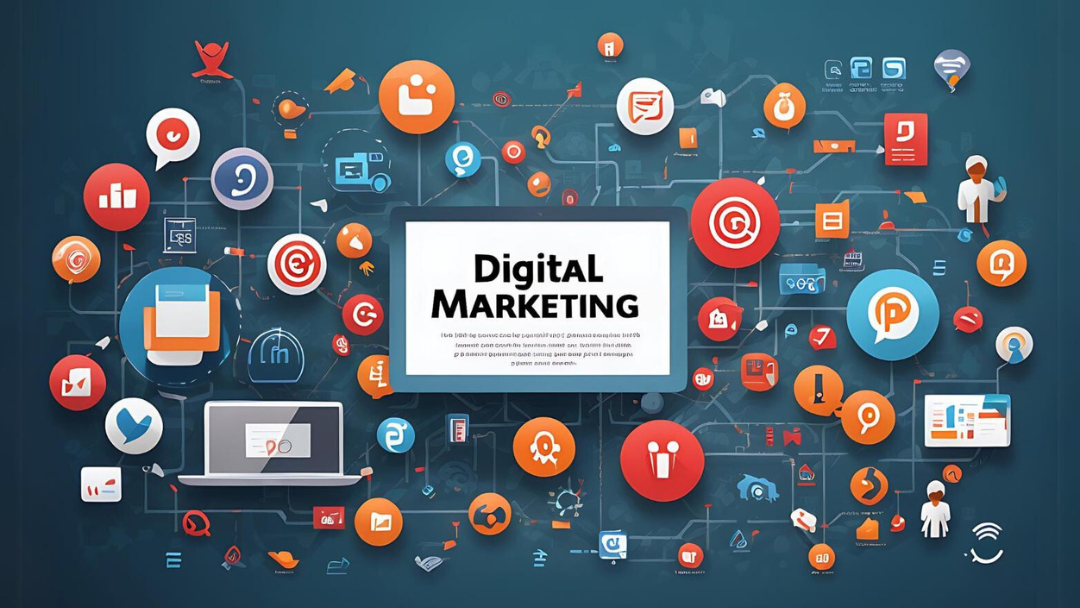In today’s digital age, where online shopping dominates the retail landscape, businesses often overlook the impact of digital marketing on offline sales. However, harnessing the power of digital marketing can significantly drive foot traffic and boost sales in brick-and-mortar stores. By strategically utilizing online platforms, businesses can effectively reach their target audience and influence their purchasing decisions.
Through this article, let’s explore some of the ways to use digital marketing to promote offline store sales.
Understanding the customers in the digital era
In order to fully comprehend the impact of digital marketing on promoting offline sales, it is essential to understand the customer journey in the digital age. Today’s consumers are highly connected and rely on various digital channels to research, compare, and make purchasing decisions. From browsing online stores to reading product reviews, the digital landscape plays a crucial role in shaping consumer behavior.
Businesses can tap into this customer journey by utilizing digital marketing strategies that seamlessly guide potential customers from online to offline purchases. By providing valuable and relevant content throughout the customer journey, businesses can build trust and establish themselves as the go-to destination for their target audience.
What is the role of online advertising in driving offline sales?
One of the key strategies for promoting offline sales through digital marketing is online advertising. Platforms such as Google Ads and social media advertising offer businesses the opportunity to reach a vast online audience and drive them to physical stores. By creating targeted advertisements that resonate with their target audience, businesses can effectively increase brand visibility and generate interest in their offline offerings.
Online advertising allows businesses to leverage various targeting options, such as demographics, interests, and location, to ensure their advertisements reach the right audience. By delivering compelling messages and incentives, businesses can entice online users to visit their brick-and-mortar stores, ultimately driving offline sales.
Measuring and analyzing the impact of digital marketing on offline sales
Measuring and analyzing the impact of digital marketing on offline sales is crucial for optimizing marketing strategies and driving continuous improvement. By leveraging analytics tools and tracking technologies, businesses can gain valuable insights into consumer behaviors and preferences.
These insights can inform businesses about the effectiveness of their digital marketing efforts in driving offline sales. For example, businesses can measure the number of website visitors who convert to in-store customers, track the success of online-to-offline promotions, or analyze the correlation between online engagement and offline sales. By making data-driven decisions, businesses can refine their marketing strategies and allocate resources more effectively to enhance offline sales.
How to increase offline store sales through online marketing?
Digital marketing can be a powerful tool to promote your offline store’s sales. Here are some strategies to try hands-on:
1. Develop a robust online presence:
Create a website and optimize it for search engines to ensure it appears in relevant search results. Include information about your store’s location, operating hours, and products.
2. Leverage social media:
Create profiles on popular social media platforms like Facebook, Instagram, and Twitter. Regularly post updates, promotions, and engaging content to attract and retain followers. Use targeted advertising to reach local customers.
3. Offer online promotions:
Create exclusive discounts and offers for customers who visit your store. Promote these promotions on your website and social media channels, and encourage people to visit your store to avail the deals.
4. Use email marketing:
Collect customer email addresses and send regular newsletters with updates on new products, promotions, and events happening in your store. Offer special email-only discounts to encourage in-store visits.
5. Collaborate with influencers:
Identify influencers who have a local following and align with your store’s target audience. Partner with them to promote your store and its sales through sponsored posts or collaborations.
6. Implement local SEO strategies:
Optimize your website and online listings for local search terms. This will help your store appear in local search results and increase its visibility to potential customers who are actively looking for products or services in your area.
7. Create online ads:
Use paid advertising platforms such as Google Ads or Facebook Ads to target potential customers within your store’s locality. Design compelling ad campaigns that highlight your store’s promotions and drive traffic to your offline location.
8. Offer online reservations or click-and-collect options:
Enable customers to reserve products online or purchase products for in-store pickup. This encourages customers to visit your store and increases the likelihood of additional purchases.
9. Collect customer reviews:
Encourage satisfied customers to leave reviews about their experience at your store on platforms like Google, Yelp, or social media. Good, positive reviews build trust in the brand and attract new customers.
10. Measure and analyze results:
Track the effectiveness of your digital marketing efforts by monitoring website analytics, social media engagement, and sales data. Adjust your strategies based on the insights you gather to optimize your promotional efforts.
By effectively using digital marketing techniques, you can drive more foot traffic to your offline store and boost sales.
SUMMING UP
The impact of digital marketing on promoting offline sales cannot be underestimated. By strategically utilizing online platforms, businesses can effectively reach their target audience, influence their purchasing decisions, and drive foot traffic to brick-and-mortar stores. From online advertising to social media marketing, search engine optimization to email campaigns, businesses have a wealth of digital marketing strategies at their disposal to boost offline sales.

